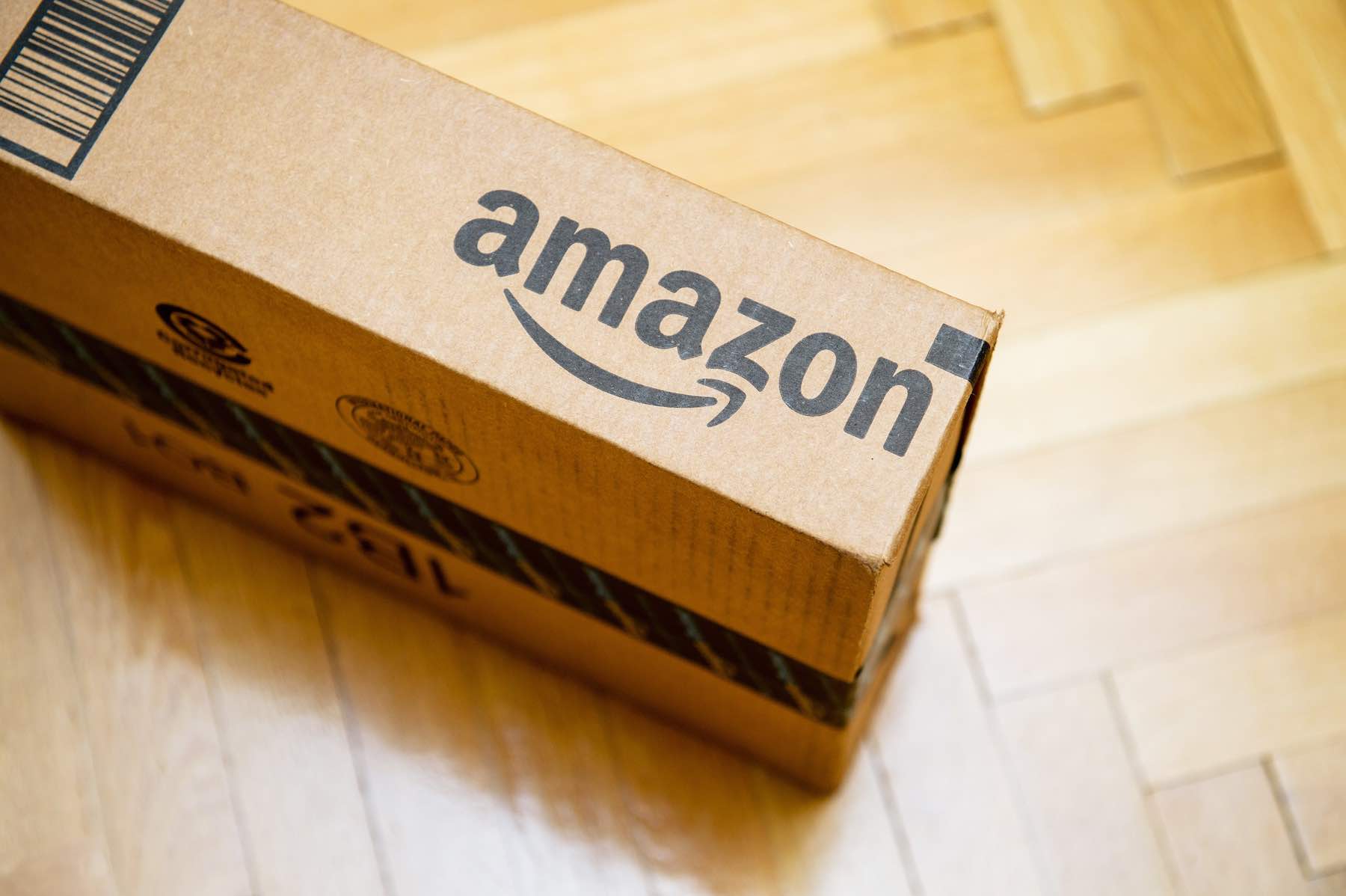
Ecommerce offers convenience. You can shop online in the comfort of your own home at a time that suits you. You then have the goods you purchased delivered right to your door. This means more time to spend with your family and friends and to do the things that you love rather than drudging to the shops.
You may have seen in recent times, that even Australia Post has embraced this online shopping trend by sporting the slogan “Powering online shopping” all over it’s delivery vans. The postal service is also now offering customers parcel lockers at its distribution centres, where they can pick up their parcels at a time convenient for them.
Our major retailers like Myer, Big W, Target, Kmart, JB HiFi and Officeworks all have their own online shopping portals where you can just purchase anything you want or need without having to leave the comfort of your home and at a time that’s easier for you. But there’s one more major online shopping giant who has just entered the Australian marketplace – Amazon.
Amazon’s Entry Into Australia
Late last year, Amazon took over an old Bunnings distribution centre in Dandenong, Victoria as its first distribution warehouse and had a soft launch of their Amazon Australia website and buying portal. Since then, and even before, there has been much said in the media about the impact of this on our local economy and on major retailers like Myer, Harvey Norman and JB HiFi.
Amazon prides itself in being price competitive and has what is termed in the industry as dynamic pricing. This means that prices for products available on the website can change many times a day as their algorithms match or better prices offered by other retailers. Amazon focuses more on volume sales rather than high price markup margins.
For major department stores like Myer, this could mean that they will lose a significant amount of revenue to Amazon. A recent study conducted by UBS has predicted that Amazon is likely to take around 2 per cent of all retail sales over the next five years mainly in categories such as electronics, apparel and toys. The UBS study determined that Amazon’s revenue could grow from $400 million to around $3.5 billion by the year 2023.
But major retailers like Myer have already started to look at ways of counteracting the impact of Amazon on Australia’s retail sector by improving its online marketing through data collected via its loyalty program.
Also, a number of Myer stores, such as Myer Knox City in Melbourne’s eastern suburbs, have started to trial a yellow-branded clearance section which has taken over the entire top floor of the store. According to its chief executive, Richard Umbers, Myer will also focus on offering unique brands which are not available on Amazon.
What Impact Will This Have On Commercial Property Investors?
As more and more people shift to shopping online rather than in brick and mortar stores, this shift will have a major impact on landlords who own commercial property in large shopping centres. According to a report by Grant McCasker, a UBS property analyst, new leases are expected to fall by 8 to 10 percent in the next three years. This could relate to a drop in income growth by half to 1.7 per cent. Of course, this is also likely to have a major impact on employment in the retail sector.
There Is A Positive Way That Retailers Can Benefit From Amazon Coming To Australia
As the old saying goes “if you can’t beat them join them” and that is exactly what retailers should be considering. What a lot of people are not aware of is that Amazon is a fantastic market place for third party sellers. In fact, according to the national director of research at Cushman & Wakefield, John Sears, in the first quarter of 2017, 50 per cent of Amazon’s sales came from third party sellers.
This opens up a fantastic opportunity for Australian retailers to put their wares onto the Amazon marketplace and take advantage of greater exposure and more potential customers. This is great for major retailers as well as more specialised smaller retailers with unique products. And it can also be extremely cost effective, especially if these retailers choose to list their products using Fulfillment By Amazon (FBA).
When retailers use FBA it means that they only need to ship their goods to an Amazon distribution warehouse and when a customer orders a product, it will be packed and delivered directly by Amazon. This can save on time and delivery costs, especially for smaller retailers. FBA distributed products also qualify for the Prime membership which has proven to be extremely successful in the States.
Smaller independent retailers can also counteract the impact of Amazon’s entry into the Australian marketplace by offering a more unique shopping experience for its customers. For these retailers, it’s more important than ever to provide exceptional and personal customer service and offer more exclusive products which are not available on the Amazon marketplace.
Although Amazon’s entry into Australia is likely to shake up our entire retail sector, it’s not all negative. Major retailers will be forced to look at more imaginative ways to entice customers to shop with them and therefore stay loyal. Plus smaller specialist retailers who offer exceptional customer service and unique products are likely to thrive in a world where personal customer service can sometimes be hard to find.
And finally, retailers need to look to Amazon as another marketplace where they can showcase their products and increase their exposure to a wider potential customer base.





